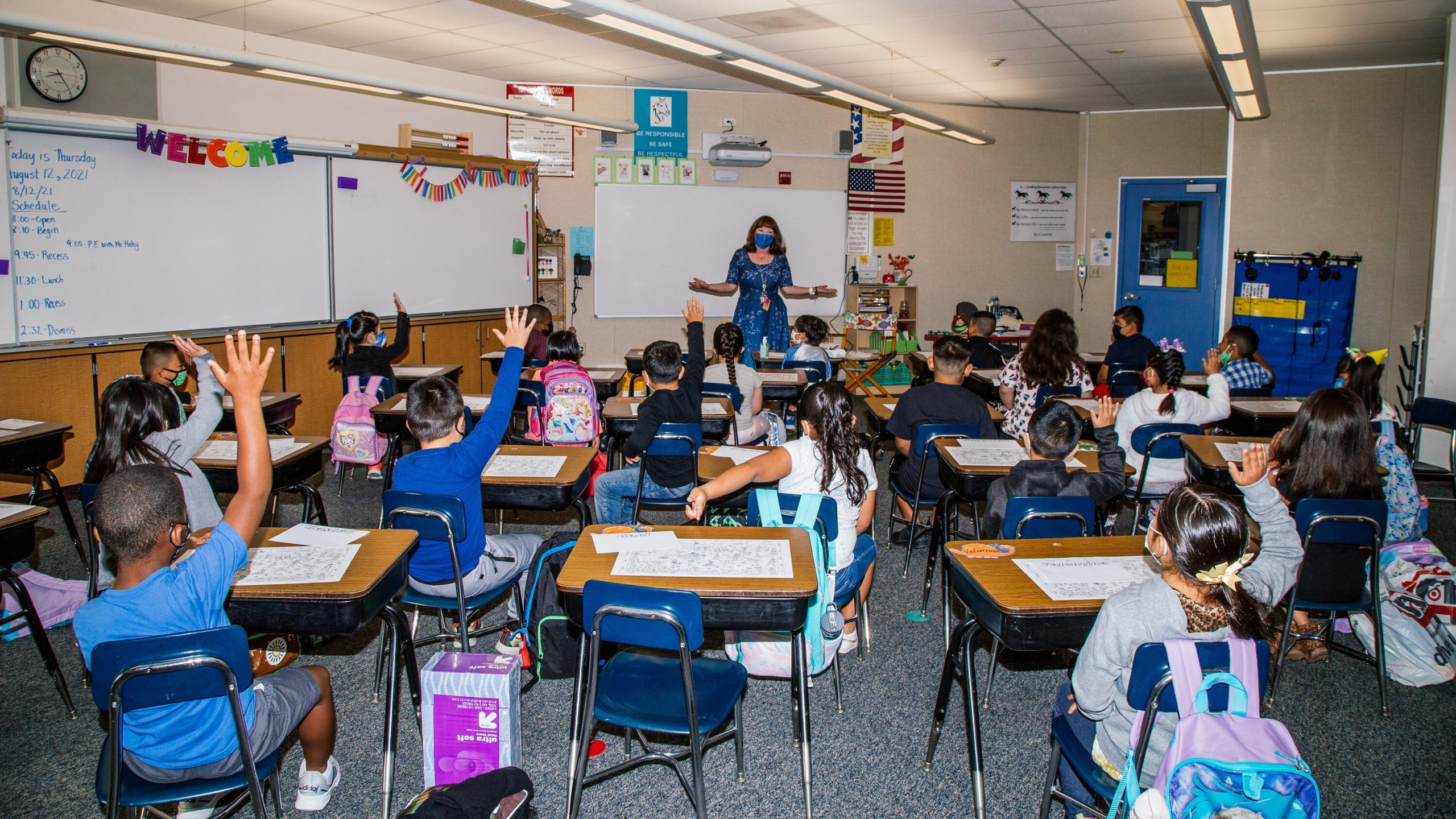
The last few years have been transformative for the realm of global education. With the COVID-19 pandemic sweeping across nations, its aftermath has left an indelible mark on the academic pursuits and aspirations of international students. The landscape has evolved in ways we had never imagined, and this blog delves into the many intricacies of these changes.
- Digital Transition: The initial onslaught of the pandemic compelled institutions worldwide to shift from traditional classroom settings to virtual platforms. International students, who once dreamt of campus experiences, now grappled with time zones and online lectures.
- Visa Uncertainties: Many students faced visa delays and cancellations. Uncertainty loomed large as they tried to decipher changing immigration rules, putting their academic and financial investments at risk.
- Financial Strains: With job losses and economic downturns, many international students found themselves in financial predicaments. Scholarships became limited, part-time job opportunities dwindled, and tuition fees burdened many without support.
- Mental Health Concerns: Isolation, uncertainty, and the stress of adapting to new modes of learning took a toll on the mental well-being of international students. Many universities initiated counseling and support, recognizing this unprecedented challenge.
- Cultural Experience Gap: One of the major draws for studying abroad is the immersion in a new culture. The pandemic restrictions meant limited social interactions, missing out on the very essence of being an international student.
- Delayed Graduations & Career Opportunities: Many faced delayed graduation timelines, impacting their subsequent job prospects. The competitive job market became even more daunting as economies strained under the pandemic’s weight.
- Reimagining the Classroom: The pandemic expedited the blending of digital tools in education. While it presented a learning curve, it also opened doors to innovative pedagogies, making education more accessible to a global audience.
- Enhanced Flexibility: Many universities introduced flexible study options, allowing students to defer, switch to online courses, or consider blended learning modes, adjusting to the new normal.
- Safety Protocols & Campus Life: For those who could make it to the campuses, life wasn’t the same. Mask mandates, social distancing, and regular health checks became the new campus norms.
- Resilience & Adaptability: On the positive side, the pandemic underscored the resilience and adaptability of students. Navigating through these times has equipped them with unparalleled skills, essential for the ever-evolving global workspace.
- Revised Admission Criteria: Recognizing the challenges, many universities revised their admission criteria. Standardized tests were waived, and a more holistic admission process was embraced.
- Rise in Virtual Exchange Programs: Traditional student exchange programs took a hit, paving the way for virtual exchange programs. These allowed students to gain cross-cultural experiences without physical movement.
- Return of Travel Restrictions: As countries grappled with varying pandemic waves and the emergence of new variants, travel restrictions were unpredictably imposed and lifted, further complicating international students’ journeys.
- Stronger Alumni Networks: With shared challenges came stronger bonds. Alumni networks became more active, helping current students navigate through uncertainties and offering mentorship.
- The Road Ahead: As we peer into the future, the lessons from this era will undoubtedly shape global education’s next chapter. International students, universities, and policymakers will need to collaborate more than ever, ensuring a smoother, more inclusive educational journey for all.
